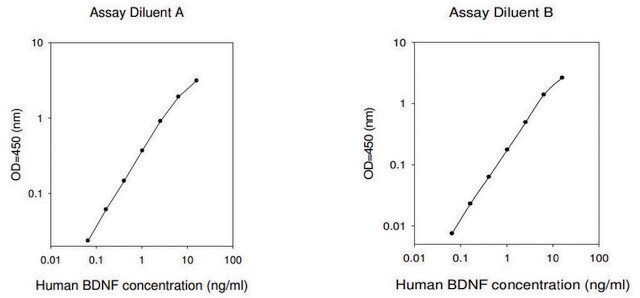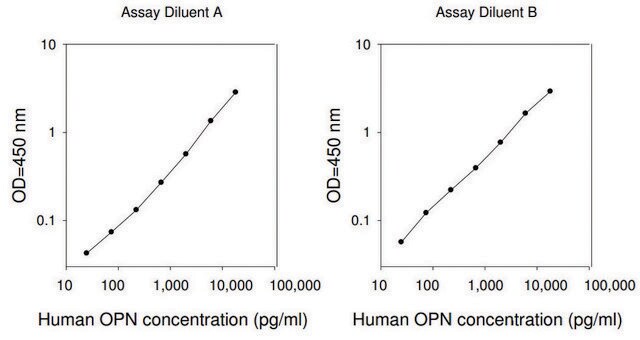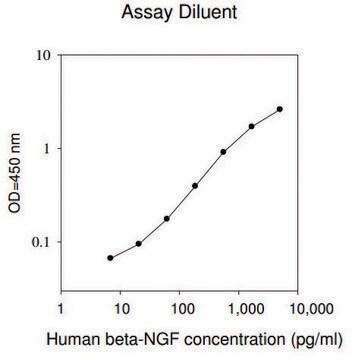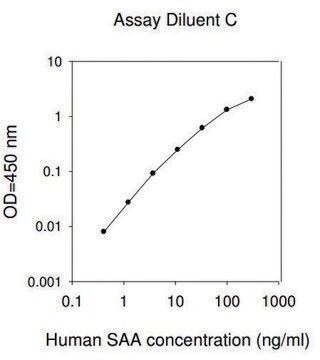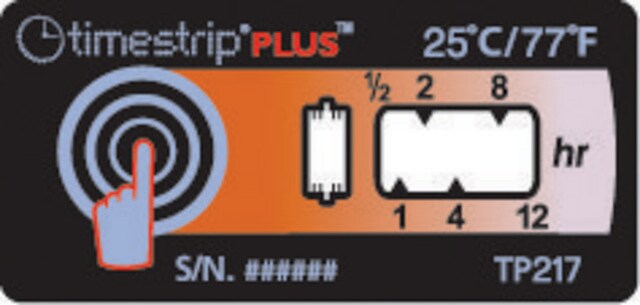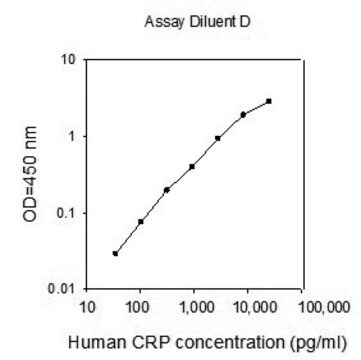RAB0093
Human CNTF ELISA Kit
for serum, plasma, cell culture supernatant and urine
About This Item
Polecane produkty
reaktywność gatunkowa
human
opakowanie
kit of 96 wells (12 strips x 8 wells)
metody
ELISA: suitable
capture ELISA: suitable
moc wejściowa
sample type serum
sample type plasma
sample type urine
sample type cell culture supernatant(s)
assay range
inter-assay cv: <12%
intra-assay cv: <10%
sensitivity: 200 pg/mL
standard curve range: 0.823-200 ng/mL
metoda wykrywania
colorimetric
Warunki transportu
wet ice
temp. przechowywania
−20°C
informacje o genach
human ... CNTF(1270)
Opis ogólny
Immunogen
Zastosowanie
Please refer to the attached General ELISA KIT Procedure (sandwich, competitive & Indirect ELISA)
Działania biochem./fizjol.
Inne uwagi
Please type the word sample in the text box provided for lot number.
Elementy zestawu są też dostępne oddzielnie
- RABELADAELISA 1X Assay/Sample Diluent Buffer A (Item D1)Karta charakterystyki
- RABELADBELISA 5X Assay/Sample Diluent Buffer B (Item E1)Karta charakterystyki
- RABSTOP3ELISA Stop Solution (Item I)Karta charakterystyki
- RABTMB3ELISA Colorimetric TMB Reagent (HRP Substrate, Item H)Karta charakterystyki
- RABWASH420X Wash Buffer (Item B)Karta charakterystyki
Hasło ostrzegawcze
Warning
Zwroty wskazujące rodzaj zagrożenia
Zwroty wskazujące środki ostrożności
Klasyfikacja zagrożeń
Met. Corr. 1
Kod klasy składowania
8A - Combustible corrosive hazardous materials
Wykazy regulacyjne
Wykazy regulacyjne dotyczą głównie produktów chemicznych. Można w nich podawać ograniczoną liczbę informacji na temat produktów niechemicznych. Brak wpisu oznacza, że żaden ze składników nie znajduje się w wykazie. Użytkownik odpowiada za zagwarantowanie bezpiecznego i zgodnego z prawem stosowania produktu.
EU REACH Annex XVII (Restriction List)
Wybierz jedną z najnowszych wersji:
Certyfikaty analizy (CoA)
Nie widzisz odpowiedniej wersji?
Jeśli potrzebujesz konkretnej wersji, możesz wyszukać konkretny certyfikat według numeru partii lub serii.
Masz już ten produkt?
Dokumenty związane z niedawno zakupionymi produktami zostały zamieszczone w Bibliotece dokumentów.
Nasz zespół naukowców ma doświadczenie we wszystkich obszarach badań, w tym w naukach przyrodniczych, materiałoznawstwie, syntezie chemicznej, chromatografii, analityce i wielu innych dziedzinach.
Skontaktuj się z zespołem ds. pomocy technicznej